David Briscoe willingly walks into a ‘buhurt’, to face opponents, armed with heavy swords or maces, who are determined to hit him hard and often enough to knock him off his feet. Of course, his aim is to do the same to them, before they knock him down; and in that endeavour he’s backed up by four other team members. It’s all in the name of the serious, and internationally recognised, sport of Historical Medieval Battle. “You don’t get too many injuries, other than bruises. I’ve had worse injuries playing rugby,” says David, who manages Waihora Station, the 1050 hectares dairy support block near Taupo for Amer Farms Ltd. “It helps that I have a physical job, but I also work out in the gym to keep fit for combat,” says David. It’s not just the blows David must face that makes Medieval combat so testing. It’s the weight and physical and visual restrictions of the armour he wears too. David’s full armour weighs about 40kg – and 10 kg of that is in his helmet. The entire outfit, which takes about an hour to put on, has been made specifically to fit by well-known armour Justin Stockbridge of Taranaki. David belongs to the Steel Thorns medieval full contact heavy armour combat team, which was founded by Justin – who made and repairs David’s armour as part of his participation in the team. “A full suit of armour could cost more than $4000. You can import armour but it is better to have it custom-made as well-fitting armour reduces the risk of injury.” Hand-stitched David’s wife Shelley Briscoe makes the shirts and tabards worn under and over the armour, even stitching one cotton shirt by hand just to prove she could. “The stitching is so fine you wouldn’t know it wasn’t done by machine,” says David. The armour he wears isn’t the shiny suit of armour seen in museum or stately houses. “What we wear is what the professional foot soldiers of the era would have worn and we try to replicate it as accurately as possible in terms of design and material used.” Medieval combatants wear armour and carry weapon, which are replicas of those used by soldiers from the 14th to 16th Centuries and the rules around authenticity are strict. “For instance, if you are wearing the armour of an English solider you can’t use weapons from a Persian fighter.” Medieval battles and weaponry have fascinated David since he was a child growing up on a dairy farm at Galatea. So when the chance arose to not only learn more about the period, but also participate in a sport reflecting the time come along, he took it. Few rules “What we do in the buhurt [the fighting ring] is what professional soldiers would have done to keep fit and train for battle. We use blunt weapons, just as they would have done in training. There are not many rules, but the ones that are in place are to keep fighters from serious injury. “We have marshals, who control the bouts and will intervene if necessary.” They control the fights by way of a yellow flag on a pole, which is waved directly in front of a fighter. Because once the visor on their helmet is closed, the participants have virtually no peripheral vision. David is fascinated by the technological developments in medieval armour and weapons. “The armour kept evolving as weapons changed to find ways of inflicting injuries on those wearing armour. This included the later wearing of breast plates to deflect foil swords, arrows and eventually musket bullets.” However, says David, armour eventually became so heavy and cumbersome it was no longer practical to wear in the face of battles with against newer weapons, so was phased out. Sophisticated design He is, however, impressed at the sophistication involved in the design and manufacture of the style of armour he wears. “We don’t know exactly how armour was fitted together because while the metal it was made from has survived, the leather and fabrics have rotted away.” Those making the armour today refer to old paintings and use their intuition to reconstruct it. In the case of David’s set, the leg armour is partly supported by a belt around his waist and the helmet is designed so the chainmail attached to it transfers some of the weight to his shoulders. His knees are protected by metal plates and the gloves are articulated like the scales on an armadillo’s back. Steel plates, like scales, are sown to the inside of his jacket. “You can understand why they wore linen underneath because it absorbs the sweat but keeps you dry and stops chafing. Today, we often use cotton because linen is so expensive.” David normally competes in the five-on-five bouts but has been part of a 21-man team made up of Australians, Austrians and Kiwis who faced a team of Russian Fighters in 2015. “I did manage to take out a Russian but we were defeated.” The fights are won by the team that puts the most opponents on the ground. Once a fighter is downed, he has to leave the buhurt. Fights are also halted if just one fighter is left facing several opponents. Each contest can last a maximum of eight minutes. David’s full suit of armour, minus his weapons, fits into a modern – and slightly battered – suitcase, which is just as well because he has represented New Zealand overseas at the 2015 World Championship of Historical Medieval Battle in Europe, and hopes participate again in 2017. Fundraising, which is underway to send a New Zealand team to the 2017 world championships, included a Medieval Fight Night in Taupo in September.
Shelley Briscoe has hand-stitched some of David Briscoe’s medieval clothing and is often called on to help him put the full suit of armour on.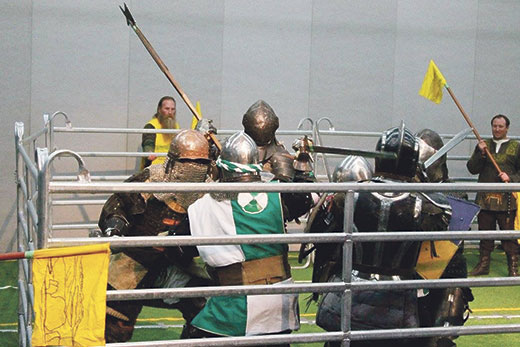
In the brutal days of medieval foot soldiers, even the shield was a fighting weapon – used to thrust at enemies.
Thursday, April 18, 2024
Posted: 5:00pm Tuesday 11 Oct, 2016 | By Elaine Fisher elaine@thesun.co.nz
Modern day farmer also medieval foot sol
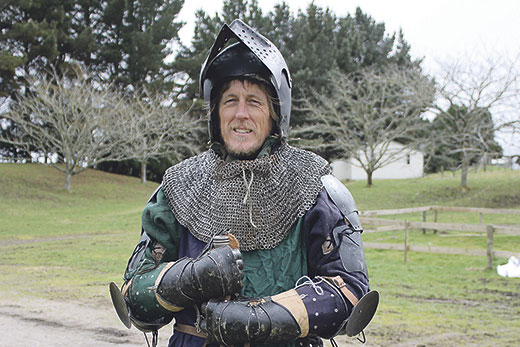


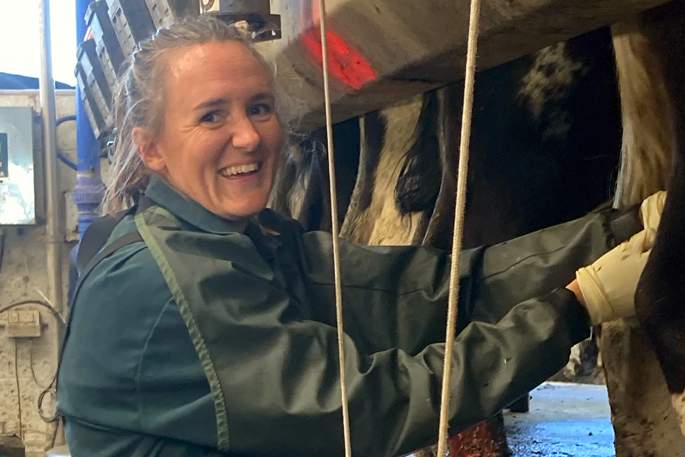
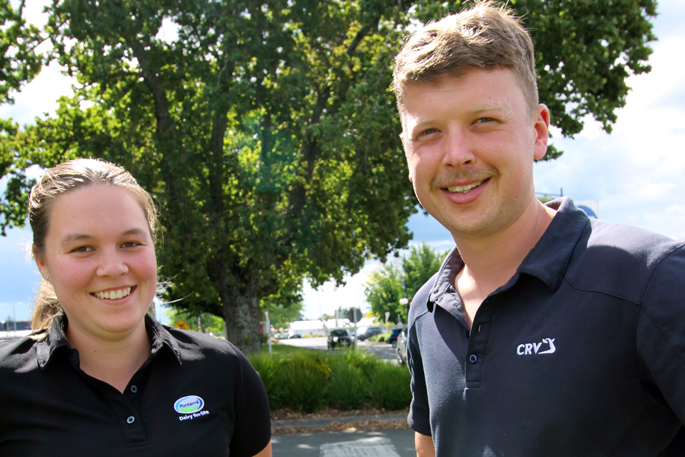
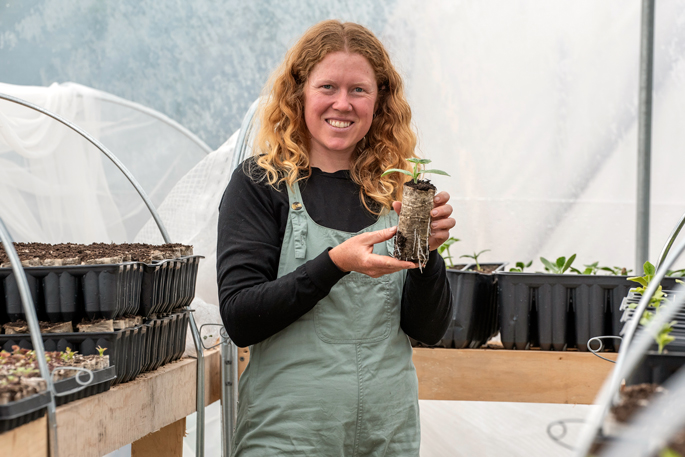
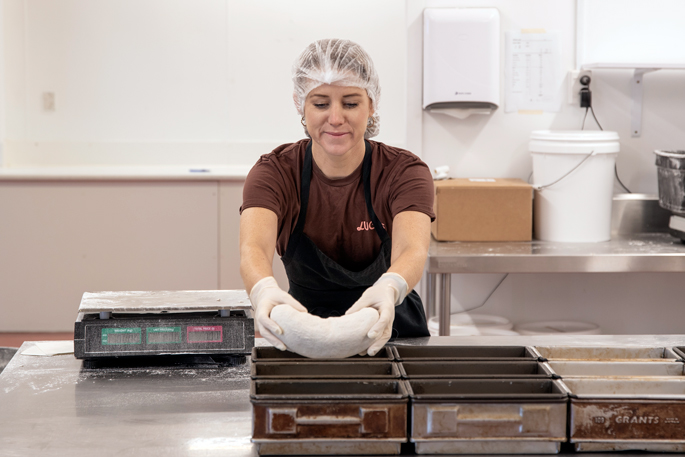
0 Comments
Leave a Comment